By Louise Irvine
The Fire & Soul exhibit at WMODA, which opens on October 30 is guaranteed to keep you on your toes! One of the stars of the show is the Russian ballerina, Anna Pavlova, who was acclaimed as the “Soul of Dance”. Her fragile, ethereal beauty and expressive style captured the hearts of audiences all over the world. Pavlova revived the romantic style of the 19th-century ballet blanc populated with fairies, ghosts, and enchanted maidens wearing diaphanous white tutus. Her signature role as a dying swan is iconic and inspired several porcelain artists.
Pavlova fell in love with ballet as a young child watching Marius Petipa’s original production of The Sleeping Beauty in St. Petersburg in 1890. Enchanted, she applied to the Imperial Ballet School but was rejected initially as she did not seem like a classical ballerina with her frail build, long limbs, and thin ankles. However, she was accepted for training the following year and with hard work, devotion, and passion, she joined the Imperial Ballet.
The young dancer was a favorite of old maestro Petipa and he coached Pavlova himself for her debut in La Bayadère as a Hindu temple dancer celebrating the Indian ritual of fire. She rose quickly through the ranks becoming a prima ballerina in 1906. She began touring with the Imperial Ballet in 1904 and her first role outside Russia was Giselle. After forming her own ballet company, Pavlova performed everywhere in the world that travel was possible. She had a missionary zeal to promote classical ballet in Asia, Africa, Australia, and the Americas.
“No one can arrive from being talented alone: work transforms talent into genius.” –Anna Pavlova
The Swan
Pavlova became renowned for her signature role as The Dying Swan, a poignant solo choreographed for her by Mikhail Fokine in 1905. Her iconic feathered swan costume was designed for her by Leon Bakst, the celebrated Russian artist. In Pavlova’s view, the solo was less about the death of a bird than about the liberation of a soul. The ballet was inspired by a Tennyson poem and is set to Le Cygne cello music from The Carnival of the Animals by Camille Saint-Saens. Pavlova danced The Dying Swan around 4,000 times during her career. She was also responsible for introducing the west to the Imperial Ballet’s revival of Swan Lake during their 1908 tour. This ballet, with music by Tchaikovsky, tells the story of Princess Odette who was turned into a swan by an evil sorcerer.
Pavlova loved swans and kept them as pets on an ornamental lake at her home in London where she moved after leaving Russia in 1912. Royal Doulton’s Art Director, Charles Noke, was so captivated with her emotive swan dance that he sculpted her for his HN figure collection in 1920. The figurine is very rare and only a few examples are known to have survived, two of which are on display at WMODA.
Giselle
The romantic ballet Giselle was reimagined by Petipa with Anna Pavlova in the lead role and their rendition became a classic. The ballet was written originally in 1843 for Carlotta Grisi who danced it at the Paris Opera for many years. In the story, Giselle is a beautiful young peasant girl who falls in love with a deceitful nobleman in disguise. When she discovers his identity, she is driven to madness and dies of a broken heart. Early versions of the ballet danced by Pavlova include her suicide with a sword while later interpretations imply Giselle had a weak heart and should not dance so passionately.
The otherworldly consequences of the seduction play out in Act II when the ghostly Wilis summon Giselle from her grave to dance. The Wilis are spirits of maidens betrayed by their lovers who haunt the forest glade at night. They exact their revenge on men by forcing their victims to dance until they die of exhaustion. Giselle’s great love of her seducer frees him from their grasp and saves her soul to rest in peace.
This tragic tale of innocent love and betrayal is a triumph of technical virtuosity and spiritual energy. Giselle is one of the world’s most often performed classical ballets and one of the most challenging to dance. Pavlova’s performances inspired many young girls to take up ballet including the British prima ballerina Dame Alicia Markova. In turn, Markova inspired the young artist Peggy Davies to create a series of china figurines for Royal Doulton. Peggy was passionate about the ballet and wanted to be a dancer when she was young. She watched Markova dance Giselle in London during the 1940s and filled her sketchbooks with solos and pas de deux which became popular Royal Doulton figurines.
“The secret of my popularity – the sincerity of my art” –Anna Pavlova
La Sylphide
Supernatural spirits dressed eerily in diaphanous white tulle were a feature of the romantic ballet blanc or white ballet which is perfectly suited to interpretation in blanc de chine porcelain. Sylphids are associated with the air element and they have ethereal bodies that soar through the air like fairies of the forest. The ballet La Sylphide was first performed by Marie Taglioni at the Paris Opera in 1832 and was revived by Pepita for the Imperial Ballet sixty years later. Anna Pavlova danced the solo role of the sylph who captivates a young Scotsman on the eve of his wedding leading him to abandon his sweetheart. A wicked witch acerbates the situation and creates a diaphanous scarf in her cauldron which supposedly will prevent the sylph from flying away. Evil triumphs when the magic scarf makes the sylph’s wings fall of and she dies followed by her devasted lover.
The original ballet inspired Les Sylphides, a romantic reverie choreographed by Mikhail Fokin for the Ballet Russes. This short ballet blanc has no plot and features sylphs dancing in the moonlight with a young man. An iconic painting of Pavlova as a sylphide was painted by Vaslav Serov and used on the cover of the program for the 1909 opening season of the Ballet Russes in Paris. Pavlova danced in a long white tutu designed for her by Leon Bakst which was later adopted by the entire corps de ballet. The costume was based on a lithograph of Marie Taglioni as a sylph.
The Firebird & The Dragonfly
Pavlova was chosen to dance the lead in The Firebird for Diaghilev’s Ballet Russes in 1910 and her exuberant feathered costume was designed by Bakst. However, she refused the part as she could not come to terms with Stravinsky’s avant-garde musical score. The role was given instead to her rival, Tamara Karsavina, who became a sensational star of the Ballet Russes after Pavlova’s departure. Karsavina’s appearance in harem pants rather than the traditional tutu caused a sensation and inspired feathered cabaret costumes of the early 1900s and socialite’s fashions by Paul Poiret.
Pavlova’s touring repertory consisted mainly of Petipa’s ballets and she choreographed several solos herself including The Dragonfly which she danced in a gossamer gown with large wings on the back. This role was commemorated by George Henry Paulin’s statue which stands outside her former home in London. Pavlova also sculpted a gypsum statuette of herself as The Dragonfly after taking lessons from Hugo Meisel at the Schwarzburger factory in Thuringia.
“Happiness is like a butterfly which appears and delights us for one brief moment but soon flits away.” –Anna Pavlova
Dancing with Elephants
As she traveled the world, Pavlova learned ethnic dances from local teachers, including Japanese, Mexican, and East Indian dances. She even danced with elephants on one of her tours! Her appearance in La Peri at the Paris Opera in 1921 featured her as an exotic Persian fairy with the flower of immortality. Pavlova was also inspired by Isadora Duncan whose improvisational barefoot dancing took her far from the Russian classical tradition. For twenty years, Pavlova introduced the ballet to millions of people and was the most celebrated and influential ballet dancer of her time. Charlie Chaplin once confessed that he was in tears over the “tragedy of her perfection.”
“Although one may fail to find happiness in theatrical life, one never wishes to give it up after having once tasted its fruits” –Anna Pavlova
Pavlova died on tour in 1931 just before her 50th birthday after being diagnosed with pneumonia. She shrugged off the doctor’s advice to have an operation claiming, “If I can’t dance then I’d rather be dead.” Her last words were “Get my swan costume ready.” The next performance she was due to dance went ahead with just a spotlight and the music.
Read more...
Dancing Underwater – Suzanne Barton
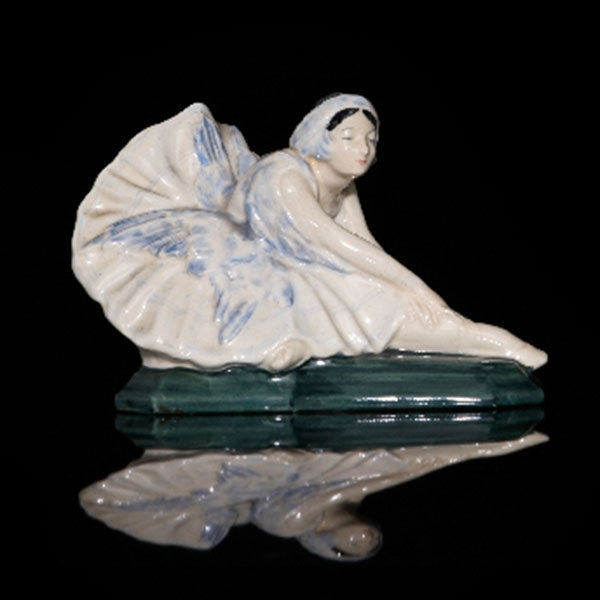
Royal Doulton Pavlova by C. J. Noke

Royal Doulton Pavlova by C. J. Noke

Anna Pavlova in a Russian headdress
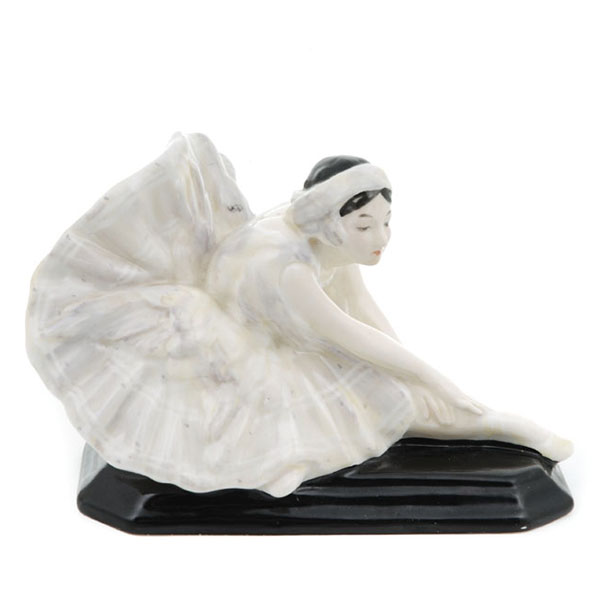
Royal Doulton Pavlova by C. J. Noke

Royal Doulton Pavlova by C. J. Noke
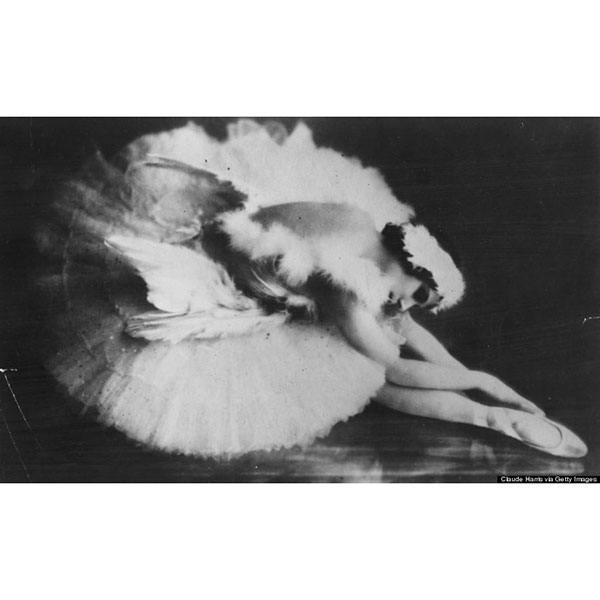
Pavlova as the swan

Pavlova on the cover of The Dance, January 1929

Pavlova with her pet swan Jack
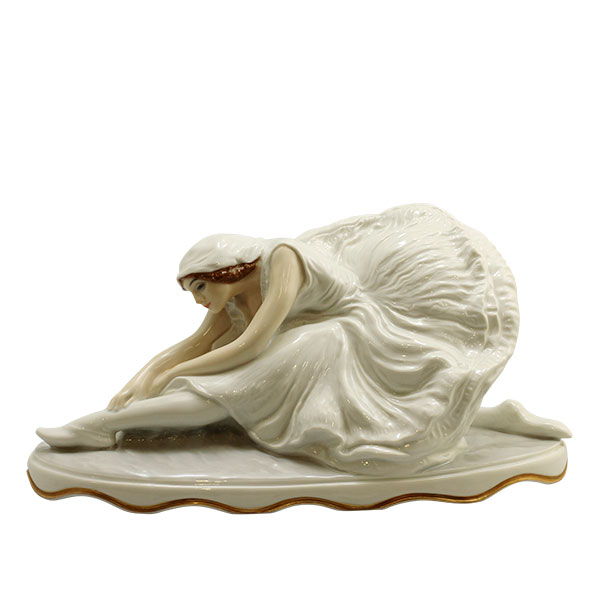
Rosenthal Pavlova as the swan
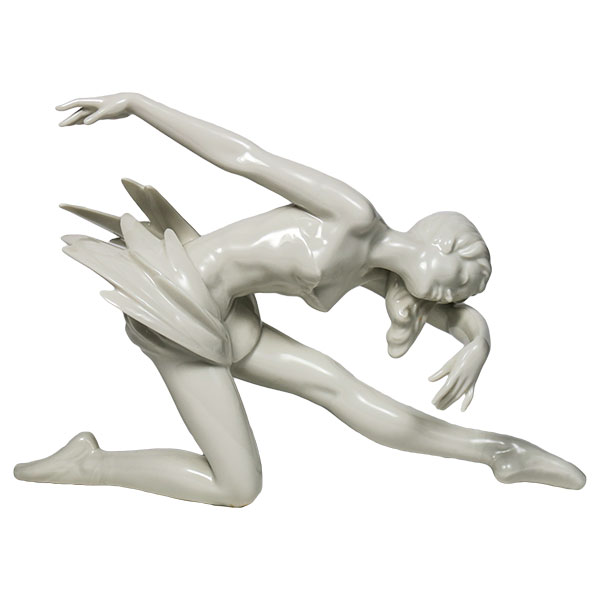
Hutschenreuther Swan by G. Granget

Anna Pavlova as the swan
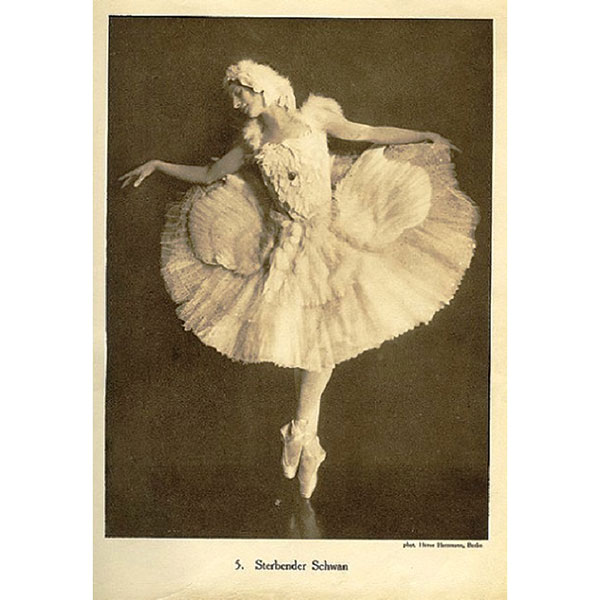
Anna Pavlova as the swan postcard

Anna Pavlova as the swan
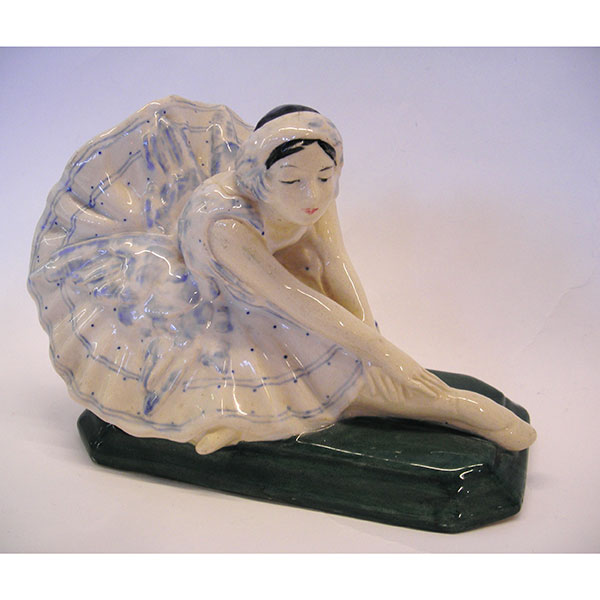
Royal Doulton Pavlova as the swan

Royal Doulton Prototype Ballerina Kneeling
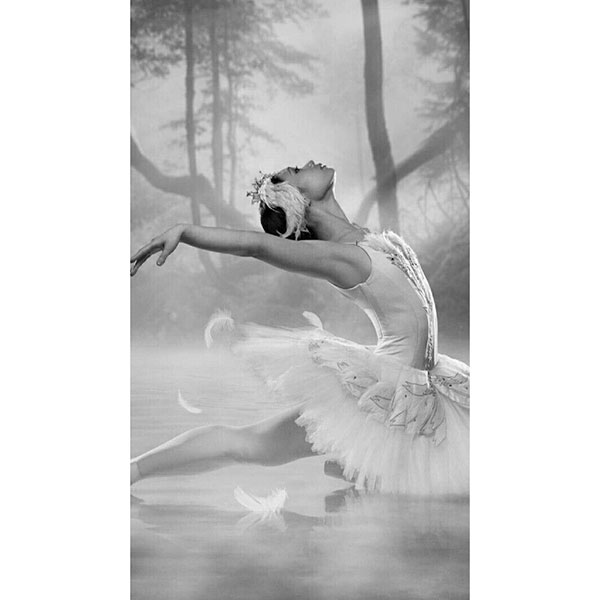
Odette Swan Lake
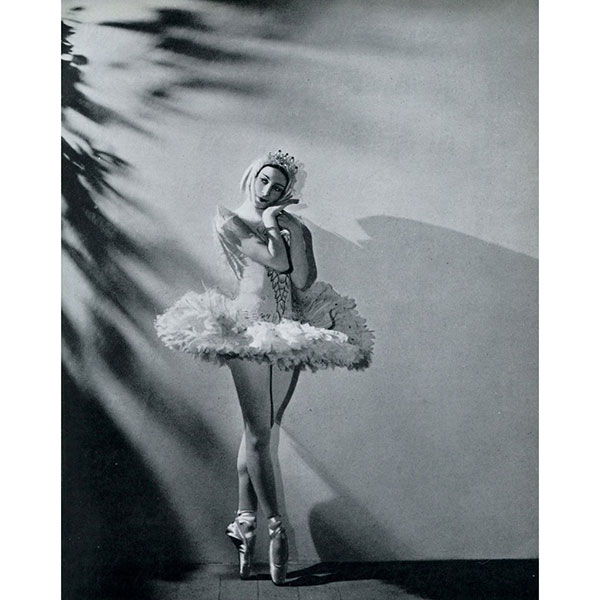
Markova as Odette Swan Lake

Royal Doulton Prototype Finale by P. Davies
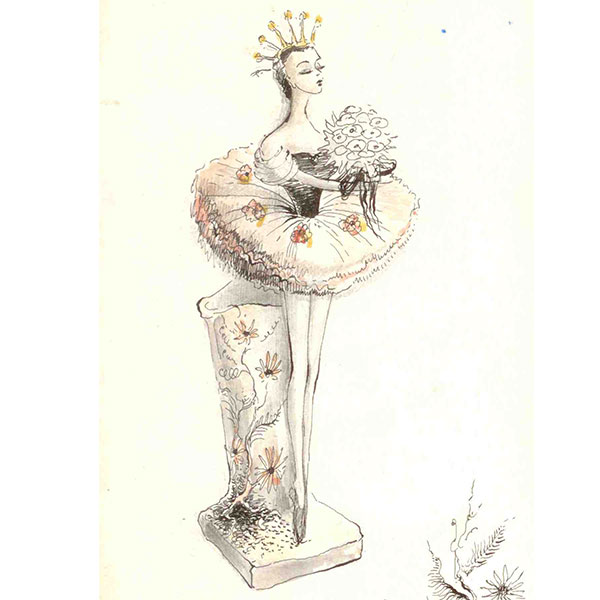
Ballet sketch by P. Davies
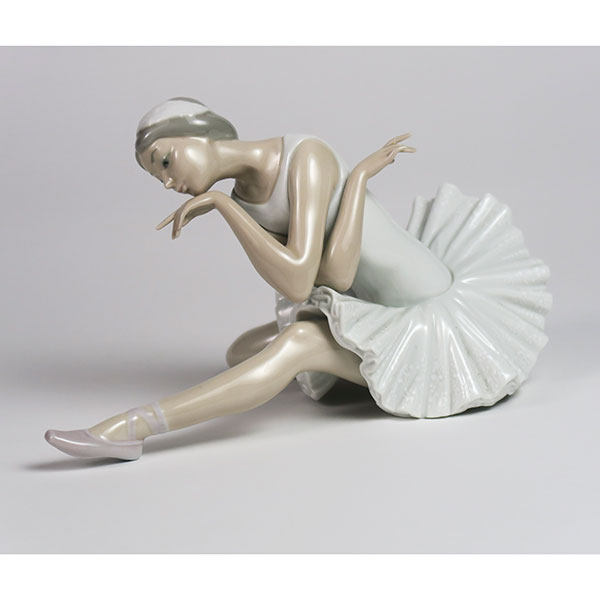
Lladro Ballerina
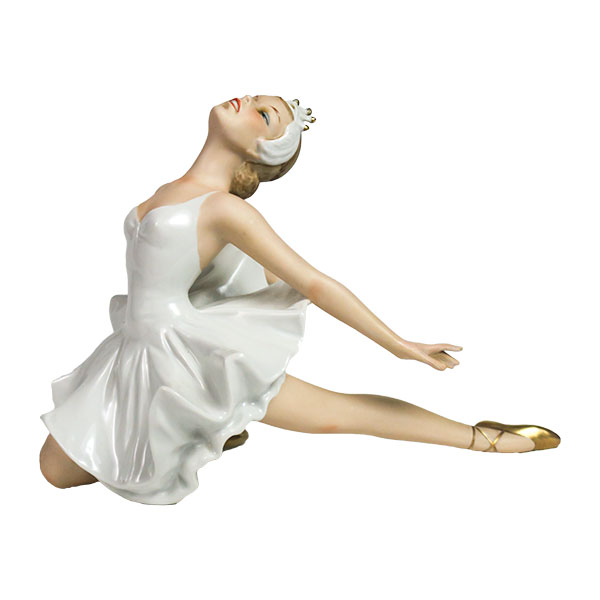
Wallendorf Odette Swan Lake

Carlotta Grisi as Giselle

Anna Pavlova

Anna Pavlova as Giselle with sword
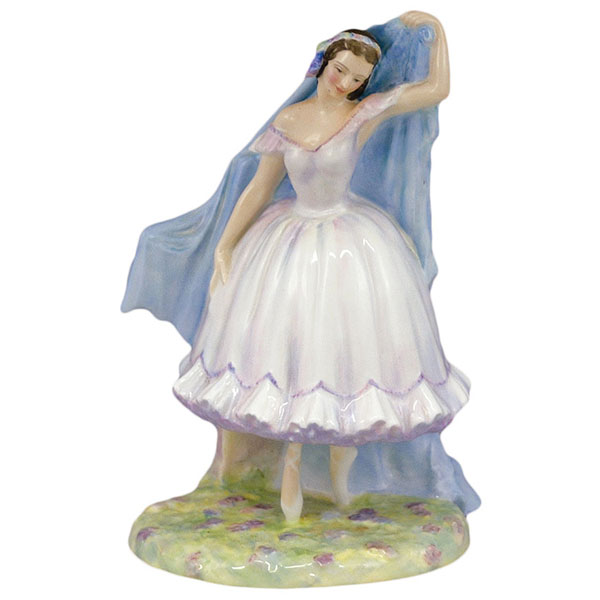
Royal Doulton Giselle by P. Davies
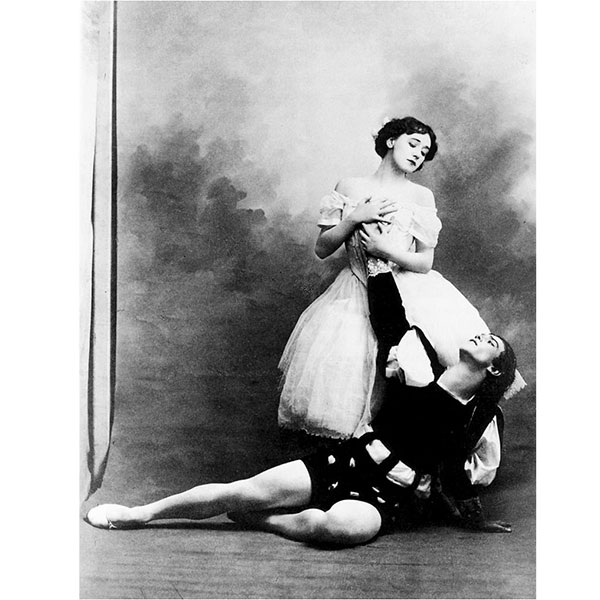
Tamara Karsavina & Vaslav Nijinsky in Giselle
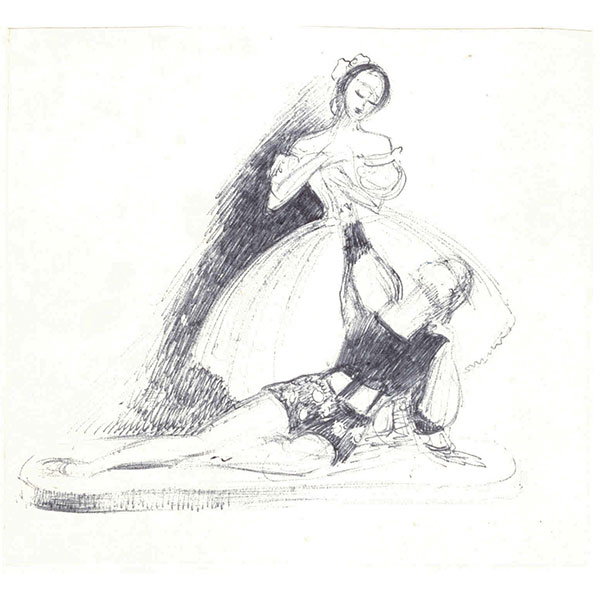
Peggy Davies Giselle Sketch

Dame Alicia Markova
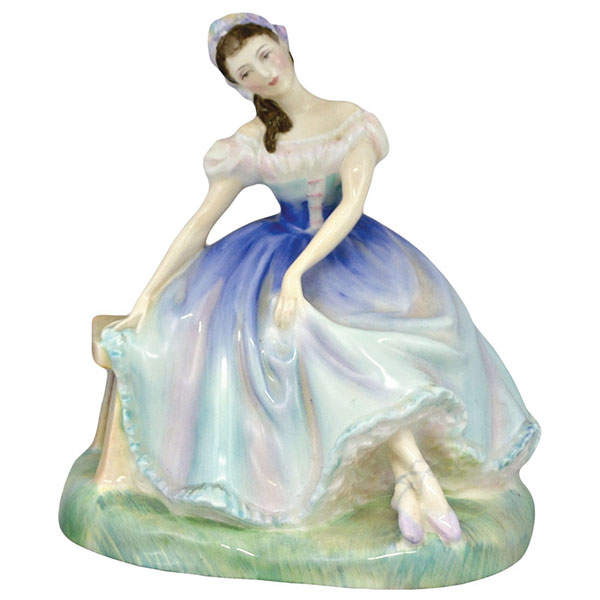
Royal Doulton Giselle by P. Davies

Dame Alicia Markova

Lladro Giselle Reverence
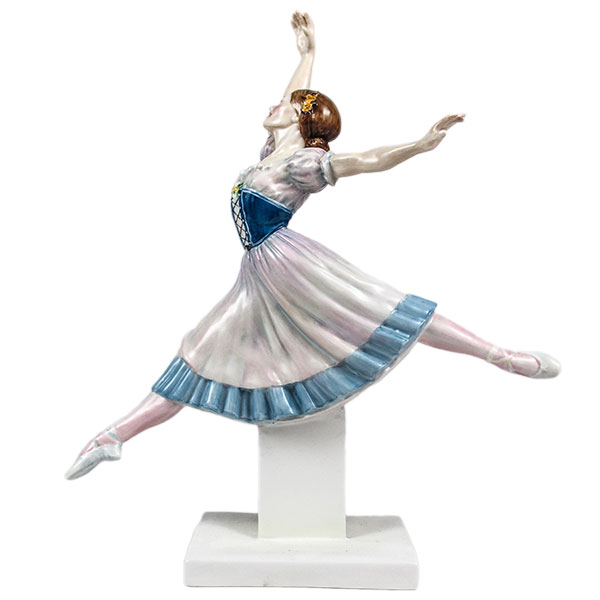
Royal Doulton Giselle Prototype by P. Davies

Royal Doulton La Sylphide by P. Davies

Peggy Davies sketch

Pavlova as Sylphide by V. Serov

Pavlova on the Ballet Russes Program
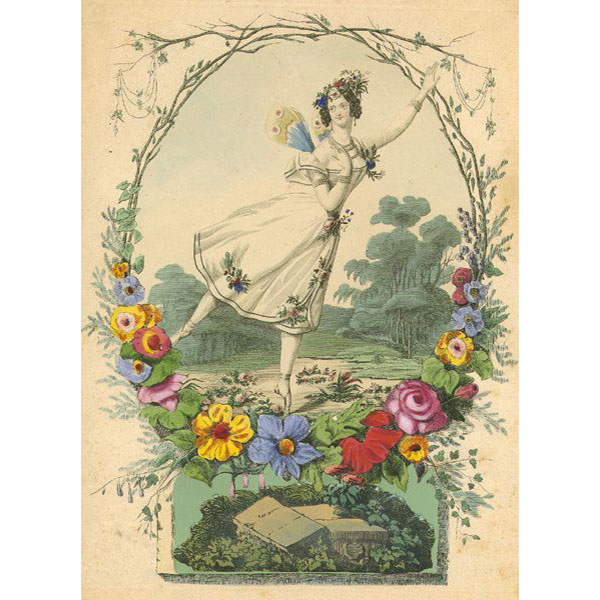
La Sylphide Maria Taglioni

La Sylphide Maria Taglioni

La Sylphide Maria Taglioni

Royal Doulton Carnival

Royal Doulton Carnival Trial
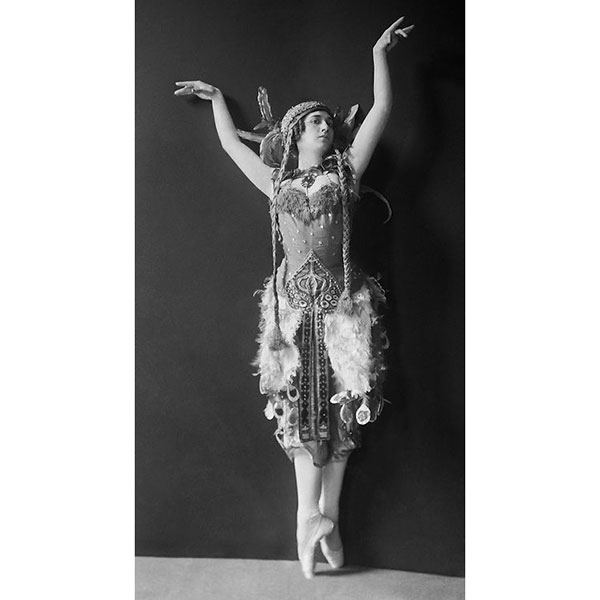
Tamara Karsavina as the Firebird

Erte Firebird
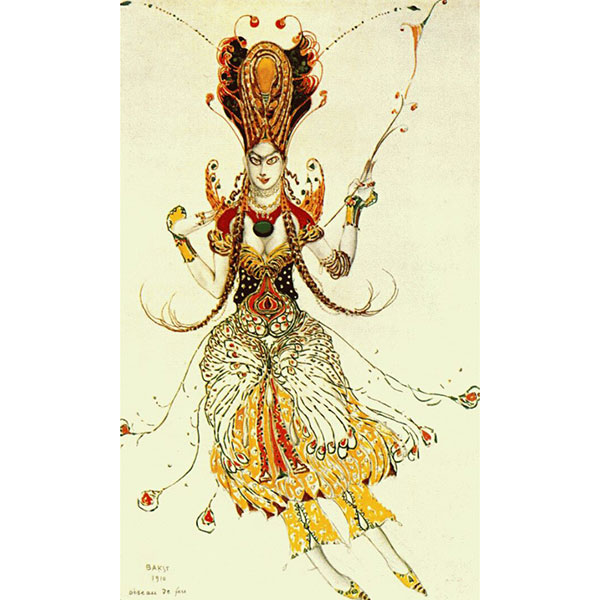
Bakst Firebird
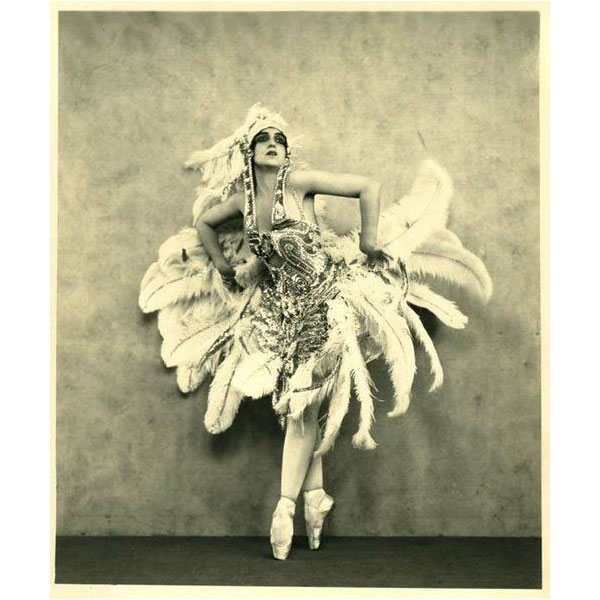
Vera Fokina Firebird costume designed by N. Muray
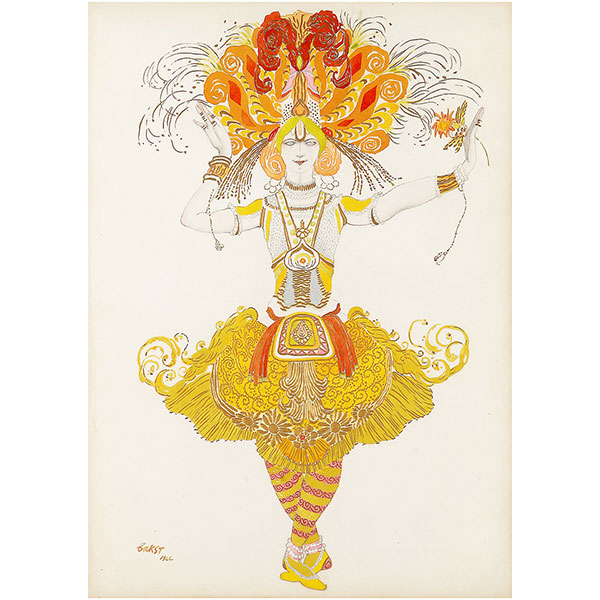
Bakst Firebird

Schwarzburger Pavlova Dragonfly by H. Meisel
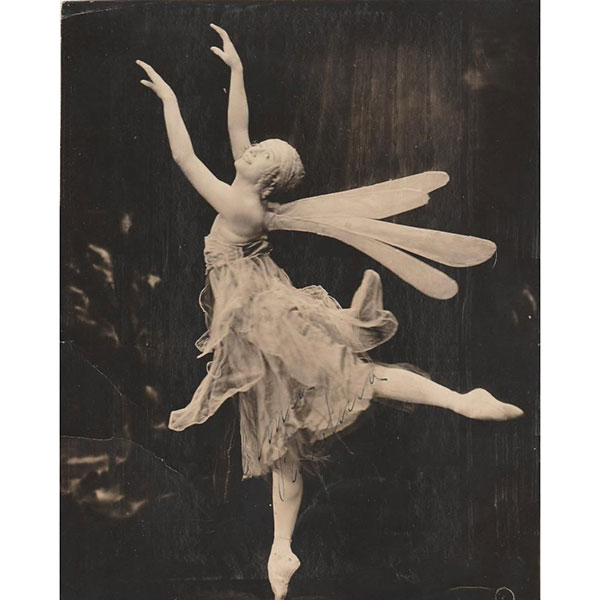
Pavlova Dragonfly

New Zealand Program with Pavlova's Dragonfly
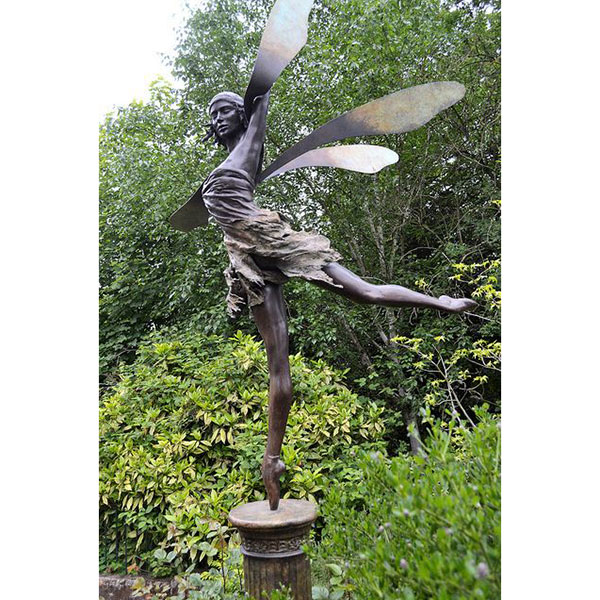
Pavlova statue by G. Paulin
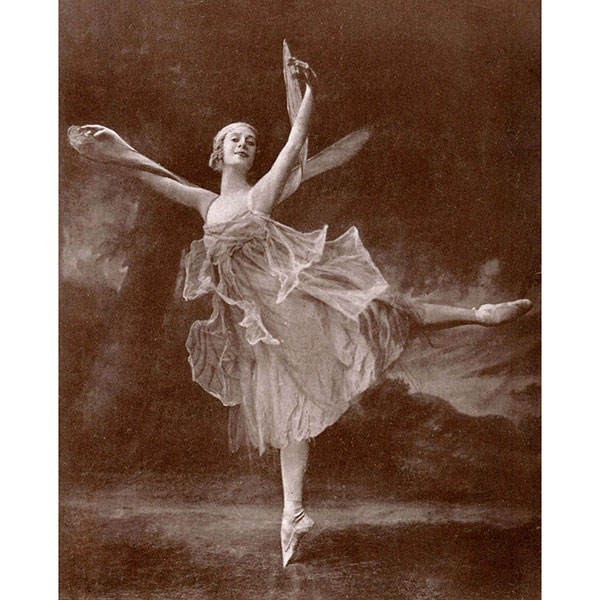
Pavlova Dragonfly
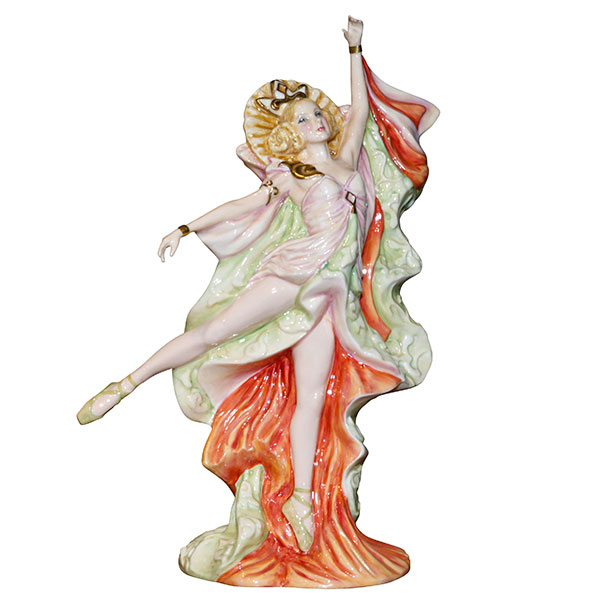
Royal Doulton Prototype by V. Annand
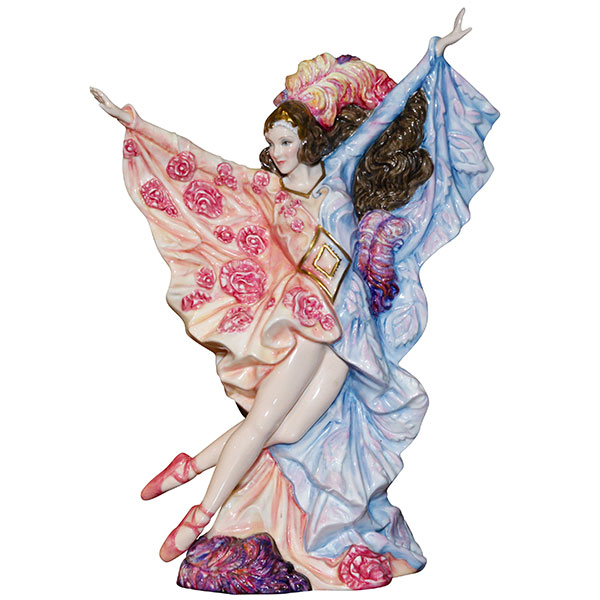
Royal Doulton Prototype by V. Annand
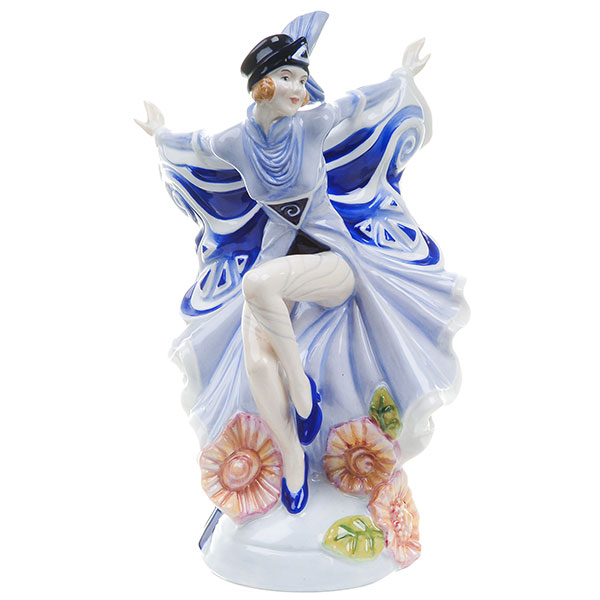
Royal Doulton Holly Blue by V. Annand
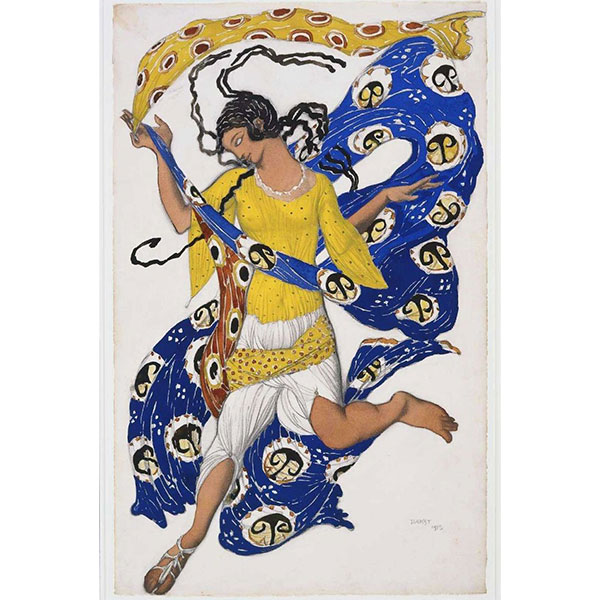
Bakst Butterfly costume
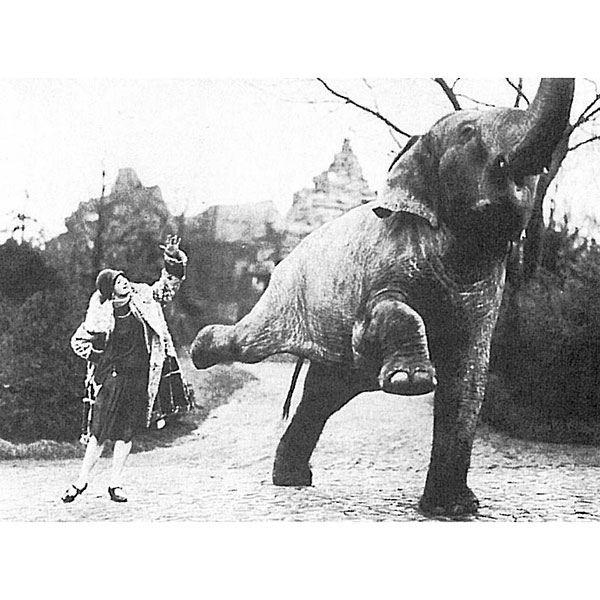
Pavlova dancing with an elephant
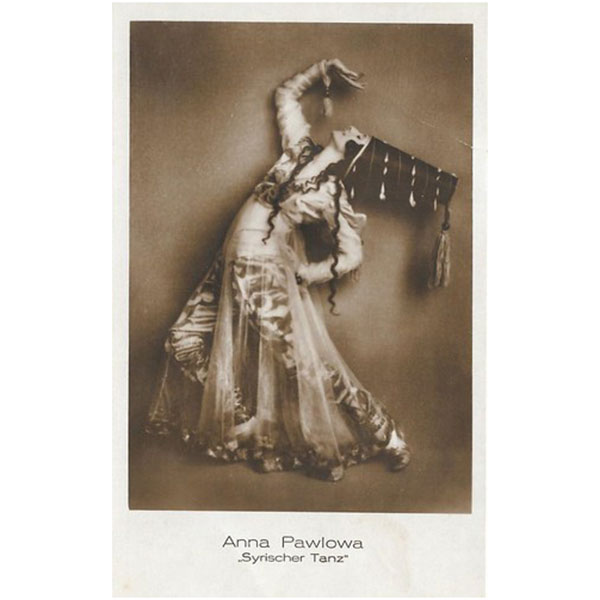
Pavlova Syrian dancer
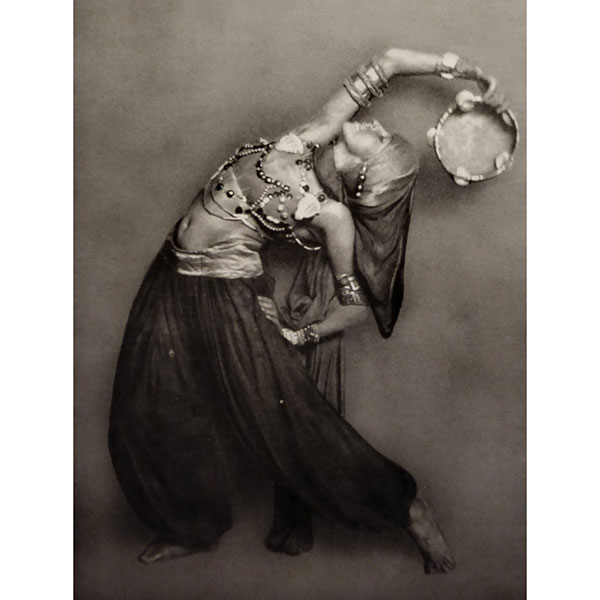
Pavlova Syrian dancer
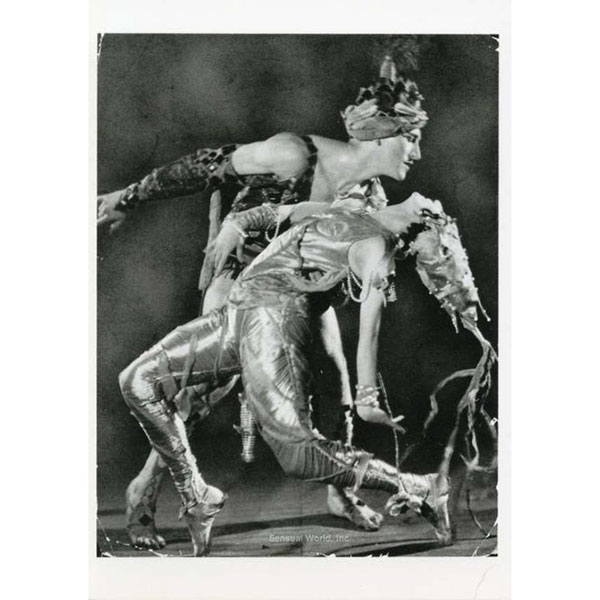
Pavlova & Stowitts in La Peri
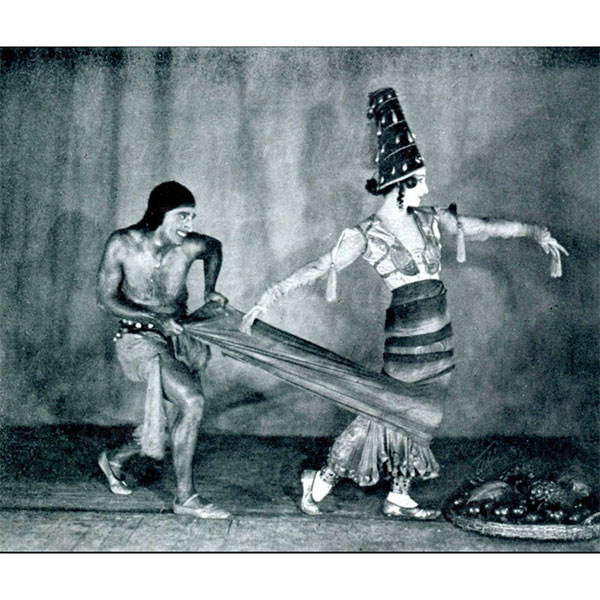
Syrian dance Stowitts and Pavlova

Anna Pavlova Syrian dance

Goebel Tambourine Dancer
Ballet @ WMODA

Lladro Love for Ballet by J.C.F. Herrero
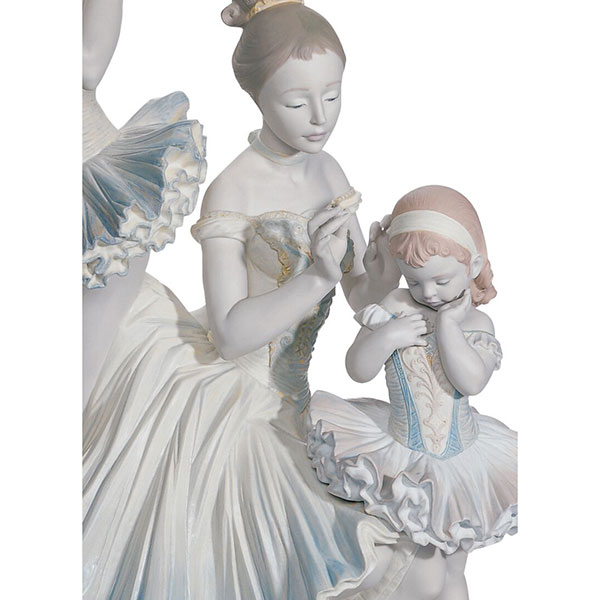
Love for Ballet detail

Royal Doulton Romeo & Juliet by D. V. Tootle
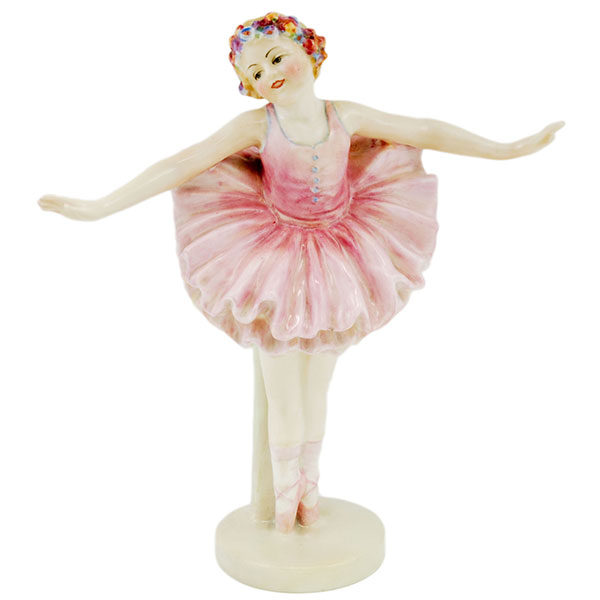
Royal Doulton Ladybird by L. Harradine
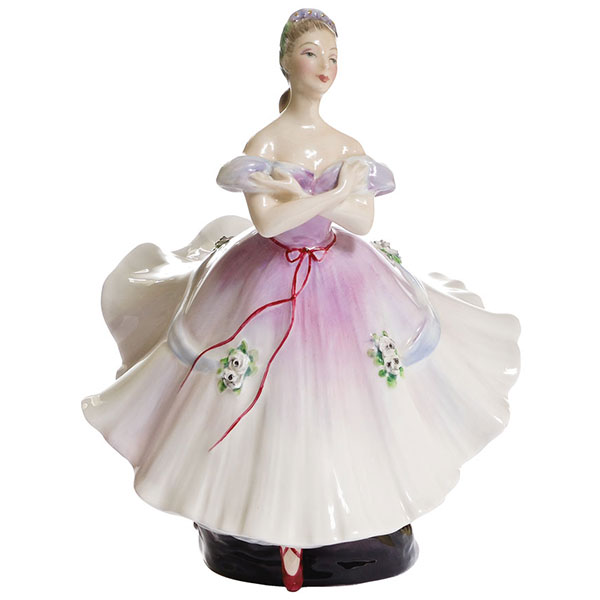
Royal Doulton Ballerina by P. Davies
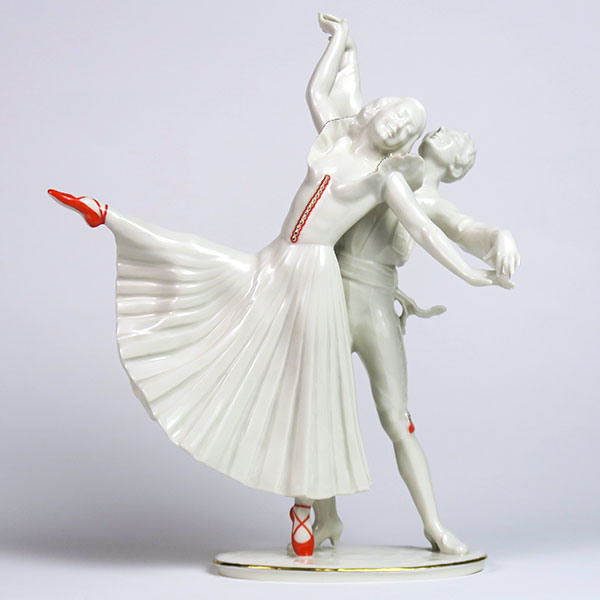
Hutschenreuther Ballet Dancers
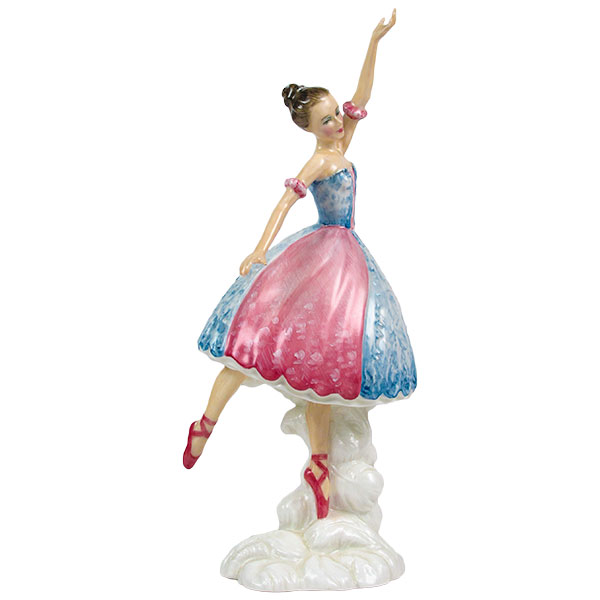
Royal Doulton Ballerina with Red Shoes by P. Davies
